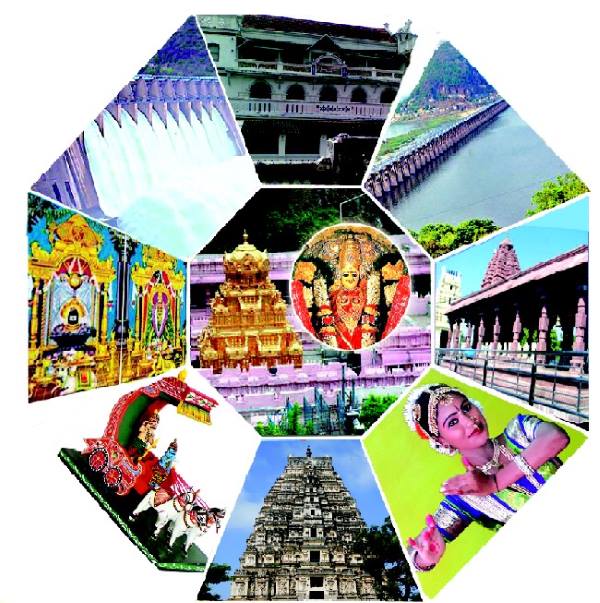Tungabhadra Pushkaram Pushkaram is a celebration and a thanksgiving for our river wealth. Taking a dip in the river during pushkaram is believed to cleanse us. This year, it is the turn of River Tungabhadra as Jupiter (Brihaspati) enters Makara Rasi. It is believed that one should perform a bath, dana, Japa, and Archana during Read More
Tag: Pushkara
Krishna Pushkaram – It’s Significance
Krishna Pushkaram & It’s Significance To all living beings water is the source of life. The perennial rivers that provide water show evidence related to the beginnings of human culture and their development. It has been the tradition in our country to worship rivers, as images of divinity and worship. Nadi & Pushkaram From the Read More


